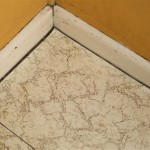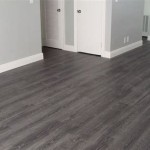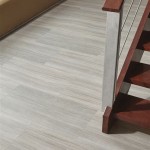The Essential Aspects of Ipe Wood Flooring Installation
Ipe wood flooring, renowned for its exceptional durability and captivating aesthetics, has become a sought-after choice for homeowners seeking a timeless and resilient flooring solution. Installing Ipe wood flooring is a meticulous process that demands precision and adherence to best practices. This article delves into the essential aspects of Ipe wood flooring installation, providing valuable guidance to ensure a successful outcome.
Acclimatizing the Wood
Prior to installation, Ipe wood planks must undergo an essential acclimatization process. This involves storing the planks in the installation environment for several days to allow them to adjust to the temperature and humidity levels. This process prevents warping, shrinking, or buckling after installation, ensuring a stable and long-lasting floor.
Preparation of the Subfloor
A solid and level subfloor is crucial for the stability of Ipe wood flooring. The subfloor must be free from moisture, irregularities, and imperfections. Concrete subfloors should be moisture-tested and have a proper vapor barrier installed, while plywood subfloors should be at least 3/4-inch thick and securely fastened. Leveling compounds or shims can be used to correct any unevenness.
Flooring Installation Methods
Ipe wood flooring can be installed using two primary methods: nailing or floating. Nailing involves securing the planks directly to the subfloor using specialized Ipe nails. This method provides the most secure and stable installation, but it requires more labor and skill. Alternatively, the floating method involves assembling the planks with tongue-and-groove joints and securing them to the subfloor using adhesive or underlayment. This method is less labor-intensive but may not be as durable as nailing.
Proper Gapping and Expansion Gaps
Proper gapping is essential to accommodate the natural expansion and contraction of Ipe wood. Gaps should be left around the perimeter of the room and between the planks themselves. These gaps allow the floor to move freely without buckling or warping. Expansion gaps can be achieved using spacers or specialized expansion strips.
Sanding and Finishing
Once the Ipe wood flooring is installed, it must be sanded and finished to achieve the desired look and protection. Sanding removes any imperfections or glue residue and creates a smooth surface. The choice of finish will depend on the desired appearance and amount of protection required. Common finishes include oil-based or water-based polyurethanes, as well as penetrating oils or waxes. Multiple coats of finish are typically applied to ensure durability and enhance the natural beauty of the Ipe wood.

Some Helpful Ipe Decking Installation Tips Bvg

Learn How To Install Ipe Deck Tiles

How Does Ipe Hardwood Decking And Siding Weather

Ipe Wood Deck Tiles Reshawood

Look Of Ipe Flooring As It Ages R Hardwoodfloors

Ipe Brazilian Walnut Hardwood Flooring Spotlight

Ipe Decking 2 1 X 14 0 Cm System Concealed Assembly

Ipe Decking A Sustainable Alternative To Dangerous Composite Material

Finishing Your New Ipe Deck Part 2

Ipe Wood Decking Reshawood
Related Posts








